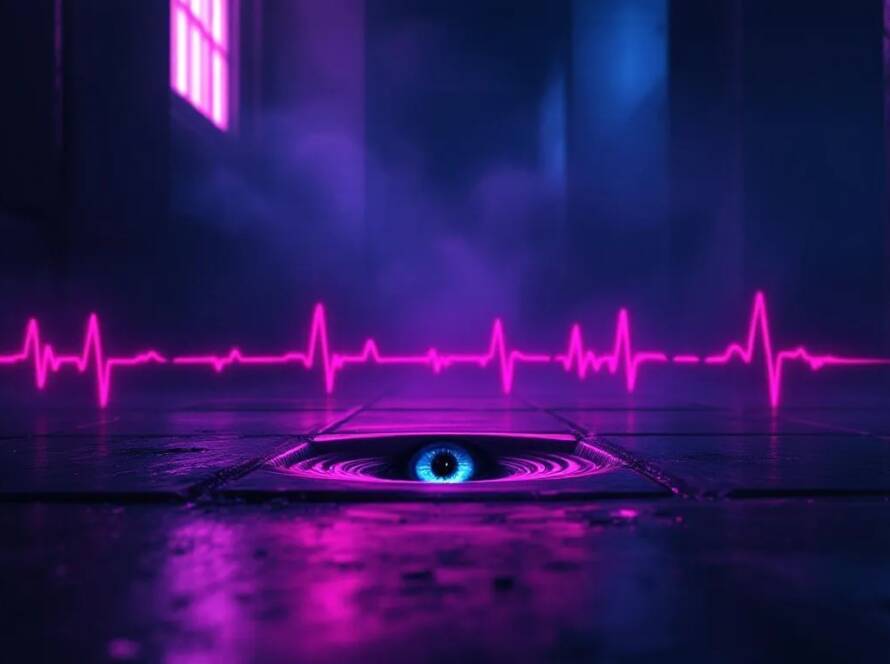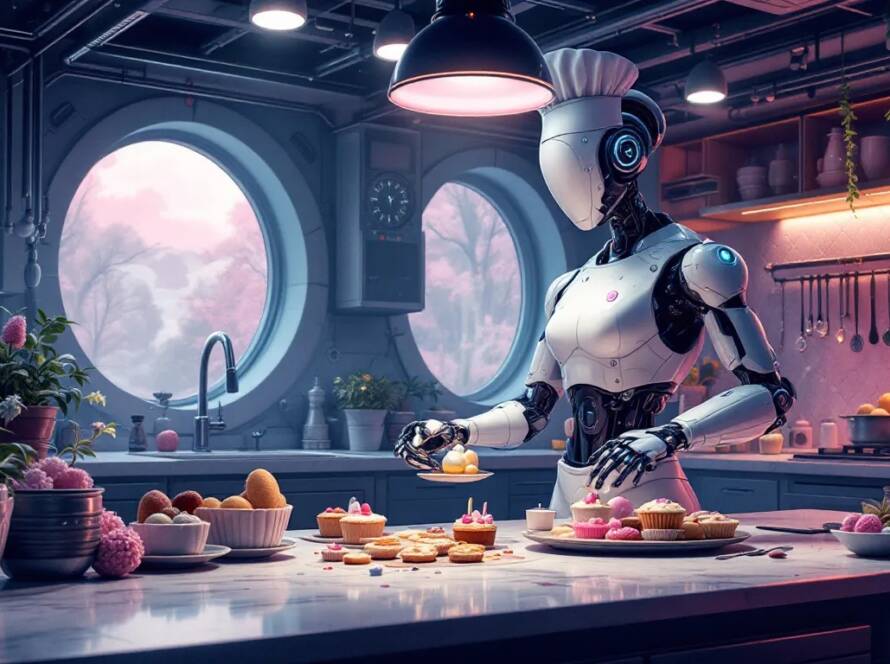Frankenstein's Monster
Frankenstein’s Monster is a fictional character from Mary Shelley’s 1818 novel “Frankenstein; or, The Modern Prometheus.” The creature is often mistakenly referred to as “Frankenstein,” which is actually the name of its creator, Victor Frankenstein.
Key Aspects of Frankenstein’s Monster:
Creation: Victor Frankenstein, a young scientist, becomes obsessed with the idea of creating life. He assembles a creature from body parts collected from graves and animates it through an undisclosed scientific process.
Appearance: The monster is described as being large and grotesque, with yellow skin that barely covers its muscles and arteries, and eyes that are “watery” and “dull.” Its physical appearance often evokes horror and revulsion.
Intelligence and Emotion: Despite its monstrous exterior, the creature possesses a high level of intelligence and emotional depth. It experiences feelings of loneliness, rejection, and a desire for companionship, which leads to its tragic journey.
Themes: The story explores themes such as the dangers of unchecked ambition, the quest for knowledge, the nature of humanity, and the consequences of isolation. The monster’s struggle for acceptance and understanding raises questions about what it means to be human.
Cultural Impact: Frankenstein’s Monster has become an iconic figure in literature and popular culture, inspiring numerous adaptations in film, theater, and other media. The character often symbolizes the consequences of playing God and the ethical dilemmas associated with scientific advancement.
Overall, Frankenstein’s Monster serves as a powerful commentary on the complexities of creation, responsibility, and the human condition.


